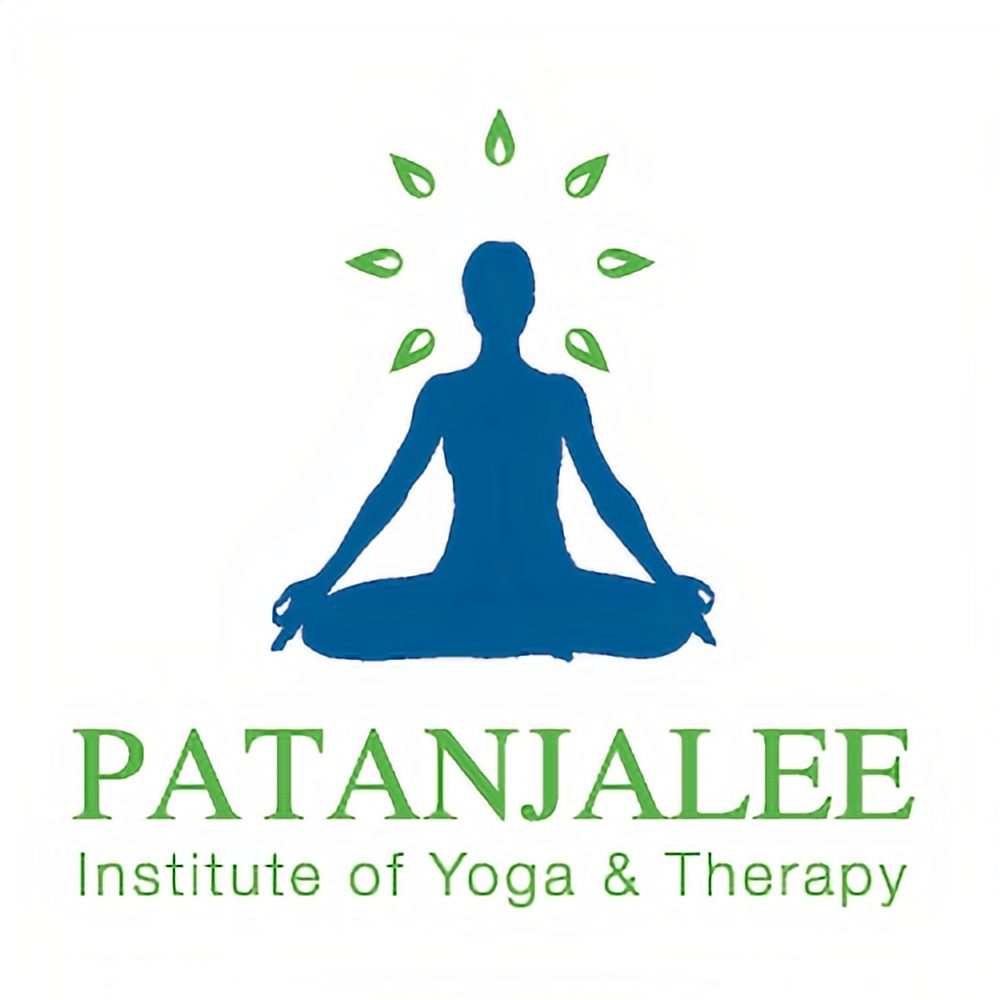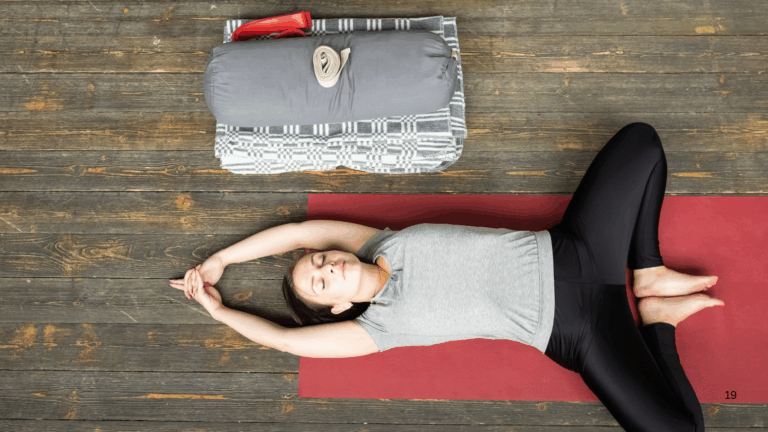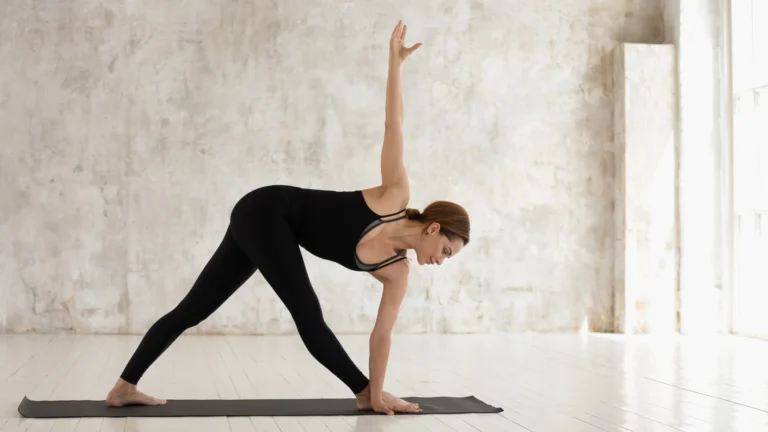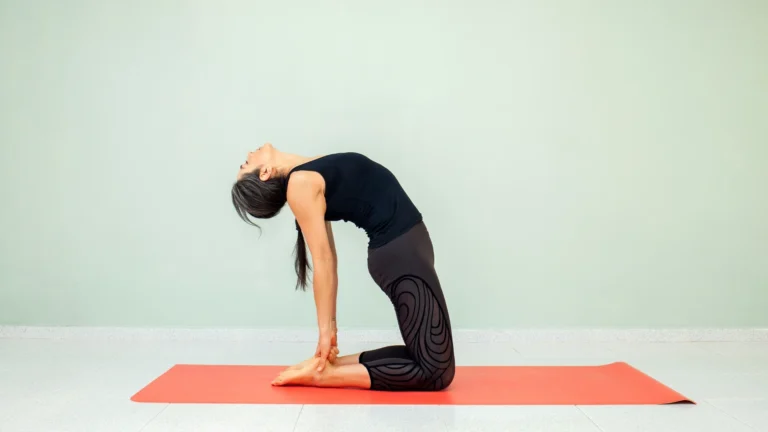Phalakasana – The Plank Pose: Steps, Benefits, and Cautions
If you’re someone who loves yoga, you’ve definitely come across Phalakasana, or as most of us know it, the Plank Pose. If you’re after core strength, stability, and a body that feels aligned and strong, this pose is your go-to. Whether you’re a yoga newbie or a seasoned yogi, the Plank Pose is one that never goes out of style. Let’s break down how to do it, why it’s so awesome, and what to watch out for.
What is Phalakasana?
Phalakasana, also known as Plank Pose, is a foundational posture in yoga. It’s simple in appearance but challenges your entire body, especially your core, arms, shoulders, and legs. Phalakasana gives you that full-body workout without any fancy equipment – just you, your mat, and some determination.
It’s a pose that’s used in so many yoga sequences, including Sun Salutations, and can be a building block for more advanced postures. Whether you’re holding it for a few seconds or working up to longer holds, Phalakasana is a fantastic way to build strength, endurance, and focus.
How to Get Into Phalakasana (Plank Pose)
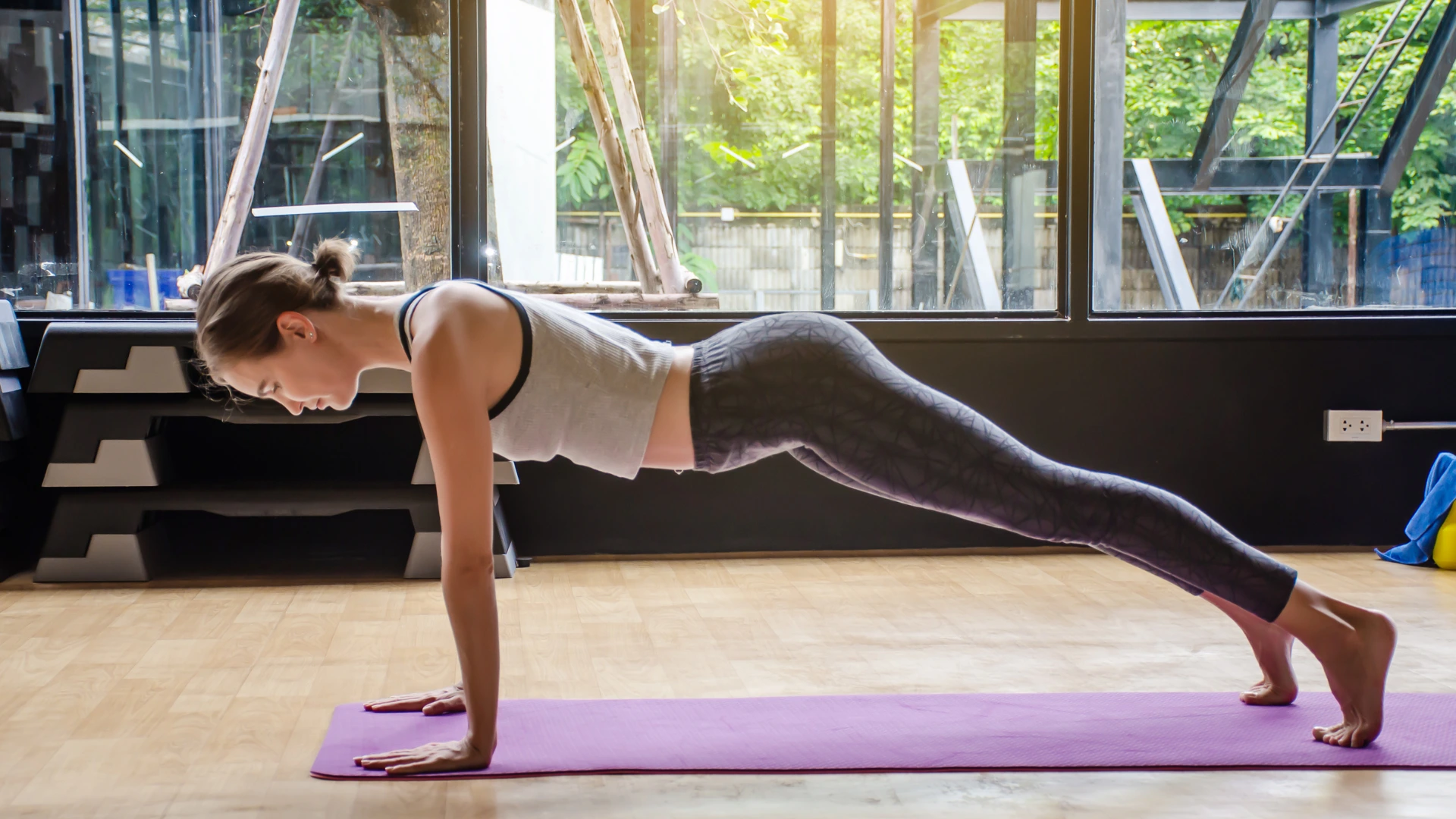
Let’s walk through the steps to get into the Plank Pose, shall we? It’s not rocket science, but it’s all about paying attention to alignment.
Step 1: Start from All Fours
- Get down on all fours like you’re about to crawl.
- Keep your wrists right under your shoulders and your knees under your hips.
Step 2: Stretch Out Those Legs
- From this position, step your feet back one at a time so that your legs are fully extended.
- Your toes should be tucked under, with your heels pushing back (but not dropping).
- You’re now on your hands and toes in a high push-up position.
Step 3: Engage Your Core
- Pull your belly button towards your spine. This is super important to avoid any strain on your lower back.
- Think about drawing the front ribs toward each other.
Step 4: Straighten Your Body
- Keep your body in a straight line from head to heels – no sagging in the hips or lifting your butt up into the air. You want that flat, plank-like position.
- Lengthen the neck, looking down at the mat (not ahead or too far back), keeping your head in line with your spine.
Step 5: Hold It, Breathe Deep
- Hold the pose for as long as it feels good (but still challenging). Start with 15-20 seconds, and then gradually work your way up to longer holds.
- Keep breathing deeply. Don’t hold your breath while holding the pose!
Boost your core strength and flexibility by joining online yoga classes for flexibility, where you’ll master Plank Pose with expert guidance from home!
Variations for Plank Pose
There’s more to Plank Pose than meets the eye! If you’re not quite ready for the full version or you’re looking to spice things up, here are a few variations you can try.
1. Knee Plank (Beginner-Friendly)
If the regular Plank feels too intense, drop your knees to the floor. This variation takes the pressure off your core while still giving you a good workout.
2. Forearm Plank
For a deeper challenge, bring your forearms to the ground, keeping your elbows directly under your shoulders. This version requires more core engagement and works your upper body like a boss. The longest recorded time for holding the Elbow Plank pose is 20 minutes and 15 seconds.
3. Side Plank (Vasisthasana)
Want to focus on your obliques? From your regular Plank, rotate your body to one side, stacking your feet and lifting one arm toward the ceiling. This works your core in a whole new way and helps improve balance.
Benefits of Phalakasana – Why You’ll Love It
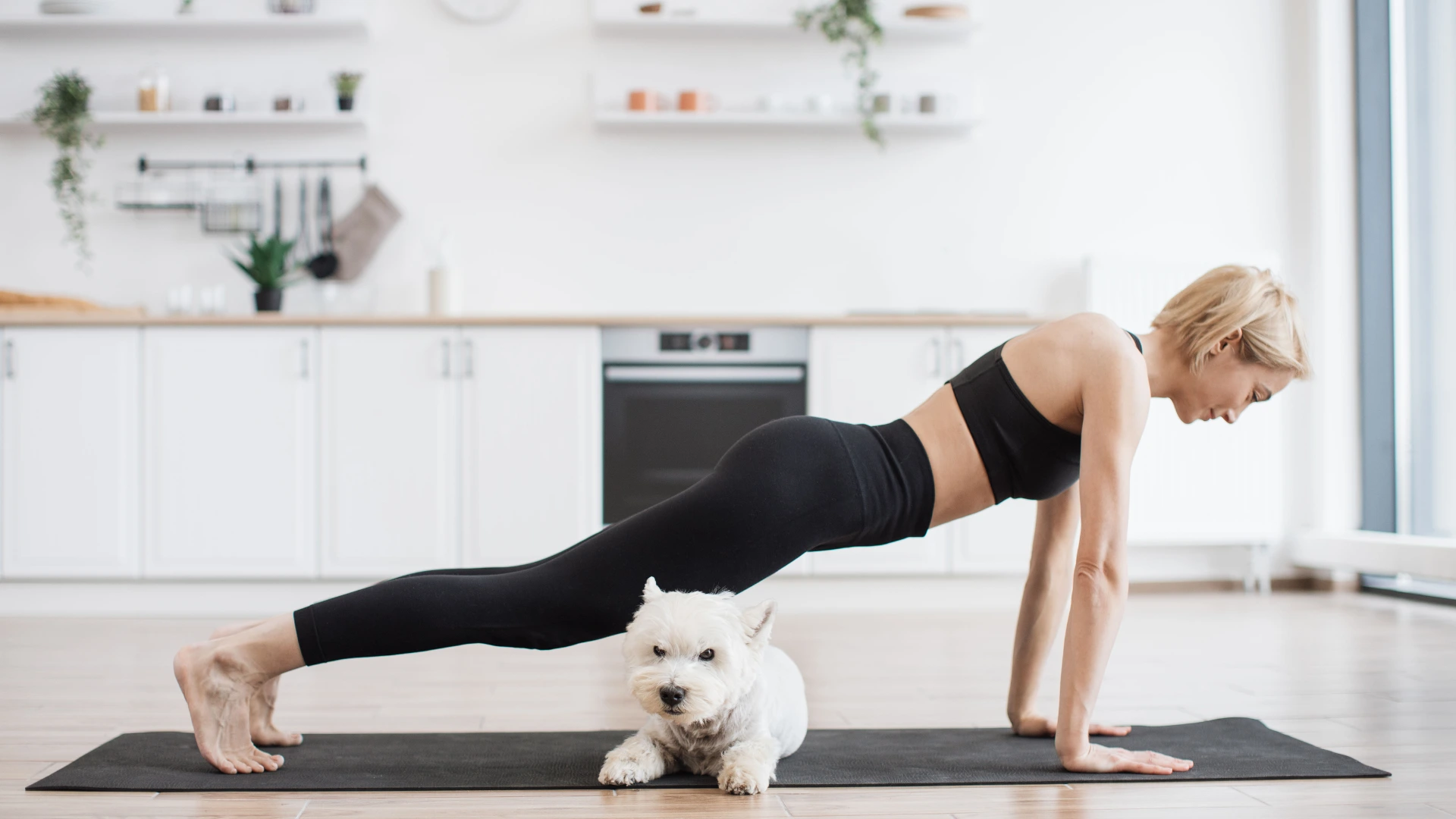
Now that you know how to do the pose, let’s talk about why it’s worth your time. Phalakasana might seem like a simple posture, but the benefits are massive.
1. Strengthens Your Core
If you’re after that strong, stable core (and who isn’t?), Plank Pose is a must. It targets not just your six-pack muscles but also those deep core muscles that stabilize your entire body. Over time, you’ll feel more grounded, and your posture will improve.
2. Tones Arms and Shoulders
Say goodbye to flabby arms! Holding your body weight on your hands works wonders for toning your arms and shoulders. You’ll build strength in the muscles you use every day, whether for carrying groceries or doing yoga.
3. Supports Spine Health
A strong core is essential for a healthy spine, and Plank Pose helps you achieve that. By engaging your abdominal muscles, you’re providing support to your lower back, which can help prevent pain and injury.
4. Improves Balance and Stability
Even though you’re not balancing on one leg, Plank Pose challenges your balance in a different way. Holding the pose requires mental focus and helps improve your overall stability, which will benefit you in other yoga postures and everyday movements.
5. Boosts Stamina
Plank Pose is great for building endurance. The longer you hold it, the more your muscles have to work, and the more stamina you’ll develop over time. You’ll notice your Plank holds get longer as your strength improves.
6. Enhances Flexibility in the Posterior Chain
While Phalakasana is a strengthening pose, it also helps stretch the back of your body, including your hamstrings and calves, keeping your body balanced between strength and flexibility.
Similarly you can also read our blog: Parsvottanasana – Pyramid Pose: Steps, Benefits, and Cautions to deepen your understanding of alignment and balance.
Cautions and Things to Watch Out For
Like any yoga pose, Plank Pose isn’t without its challenges. Done improperly, it can lead to strain or injury, so let’s go over a few things to watch out for.
1. Don’t Let the Hips Sag
One of the most common mistakes in Phalakasana is letting the hips drop. This puts strain on your lower back and can lead to discomfort or injury. To avoid this, engage your core and think about drawing your belly button towards your spine.
2. Avoid Overarching the Back
Overarching your back is another no-no. Make sure your spine is in a neutral position, and don’t let your chest collapse. Keep your shoulders engaged and your core strong to support your back.
3. Shoulder Positioning
Don’t shrug your shoulders up to your ears. Keep them down and away from your neck, and ensure they’re stacked directly over your wrists. This will prevent unnecessary strain on the shoulder joints.
4. Wrist Sensitivity
If you have sensitive wrists, Plank Pose can be tough. Try practicing on your forearms or using yoga blocks under your hands to reduce the pressure. You can also do wrist stretches before and after to keep them flexible.
5. Knee or Lower Back Pain
If you experience any pain in your knees or lower back, it’s a sign to modify the pose. Try the Knee Plank variation, and focus on engaging your core muscles to protect your lower back.
6. Not Engaging the Core
Phalakasana might look simple, but if you’re not actively engaging your core muscles, you’re missing out on the benefits. Keep everything tight and focused – think of your body as a strong, straight line.
Pro Tips for the Perfect Phalakasana
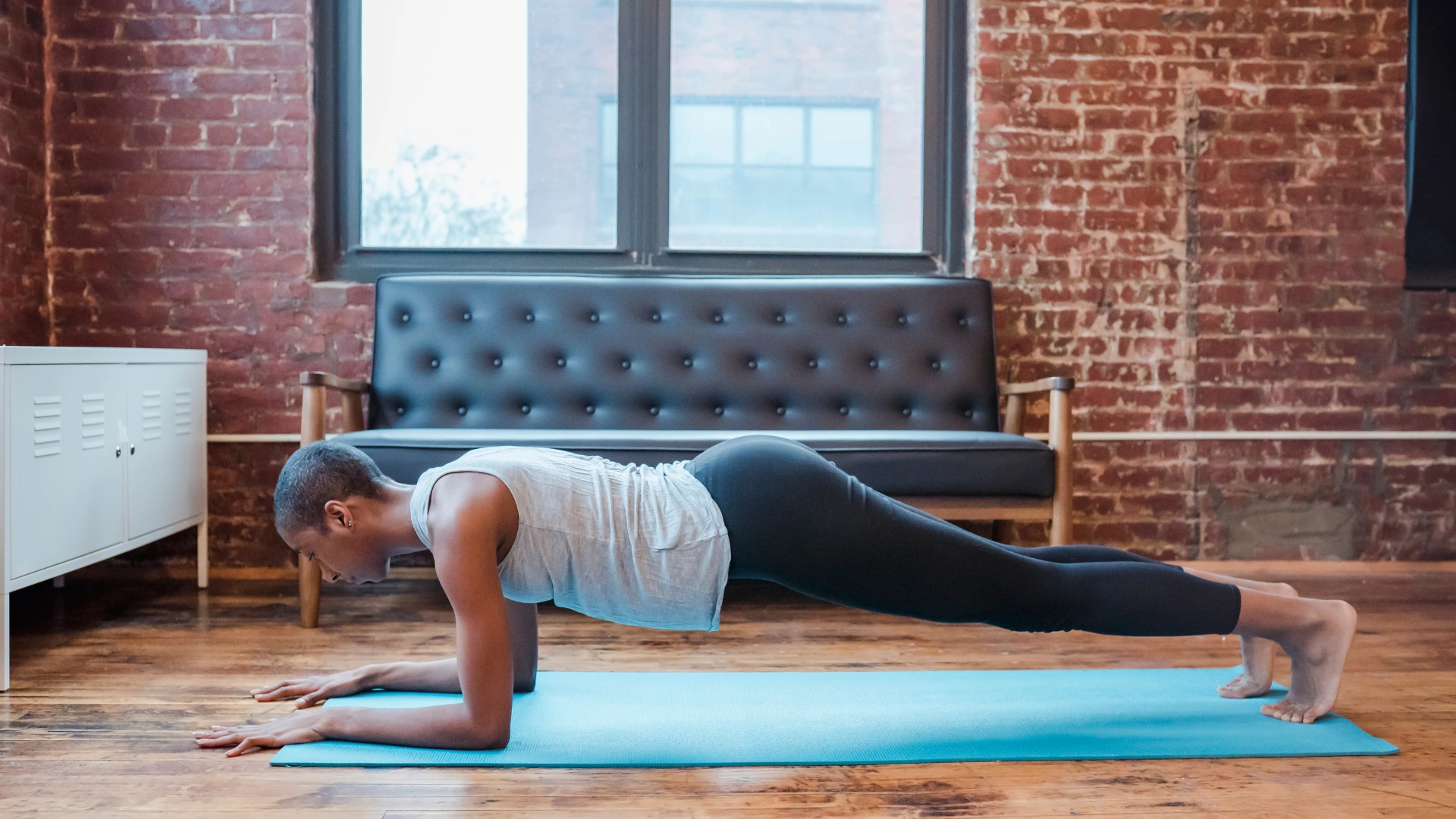
Want to take your Plank to the next level? Here are some tips to get the most out of your practice:
- Activate Your Legs: Don’t forget about your legs! Press back through your heels and engage your thighs to create more stability.
- Align Your Gaze: Keep your neck neutral by gazing down at the mat, just slightly ahead of your hands. This will prevent strain on your neck.
- Breathe Deep: It’s easy to forget to breathe when you’re holding a challenging pose, but deep breathing will help you stay calm and engaged.
- Focus on Form Over Time: It’s tempting to hold the Plank for as long as possible, but it’s more important to focus on proper alignment and form. Quality over quantity, always!
Looking to perfect your Plank Pose? Join online yoga classes for expert guidance, personalized tips, and flexibility-focused sessions that can help you master your practice from the comfort of home!
Conclusion
Phalakasana, or Plank Pose, is more than just a simple yoga posture – it’s a full-body workout in one static position! It builds strength, improves endurance, and even boosts your mental focus. Plus, with all the variations and modifications, you can find a version that works for your body, no matter where you are in your yoga journey.
So next time you roll out your mat, make sure to spend a little extra time perfecting your Plank. Your body will thank you, and you’ll feel stronger and more grounded in no time.
